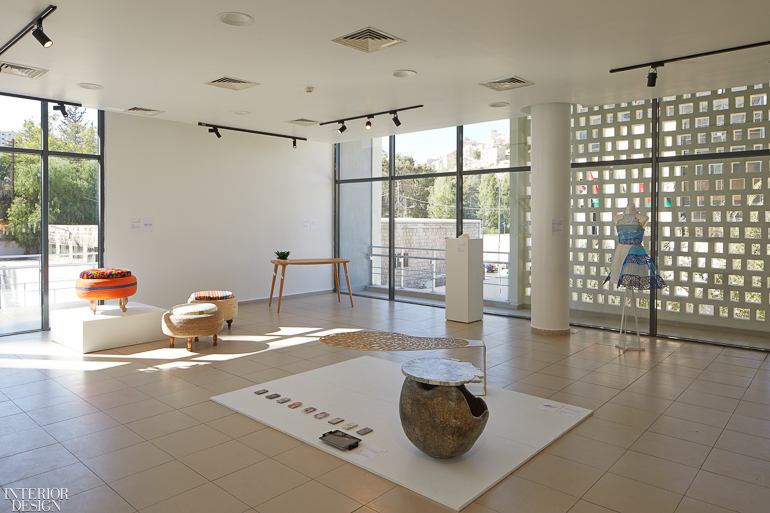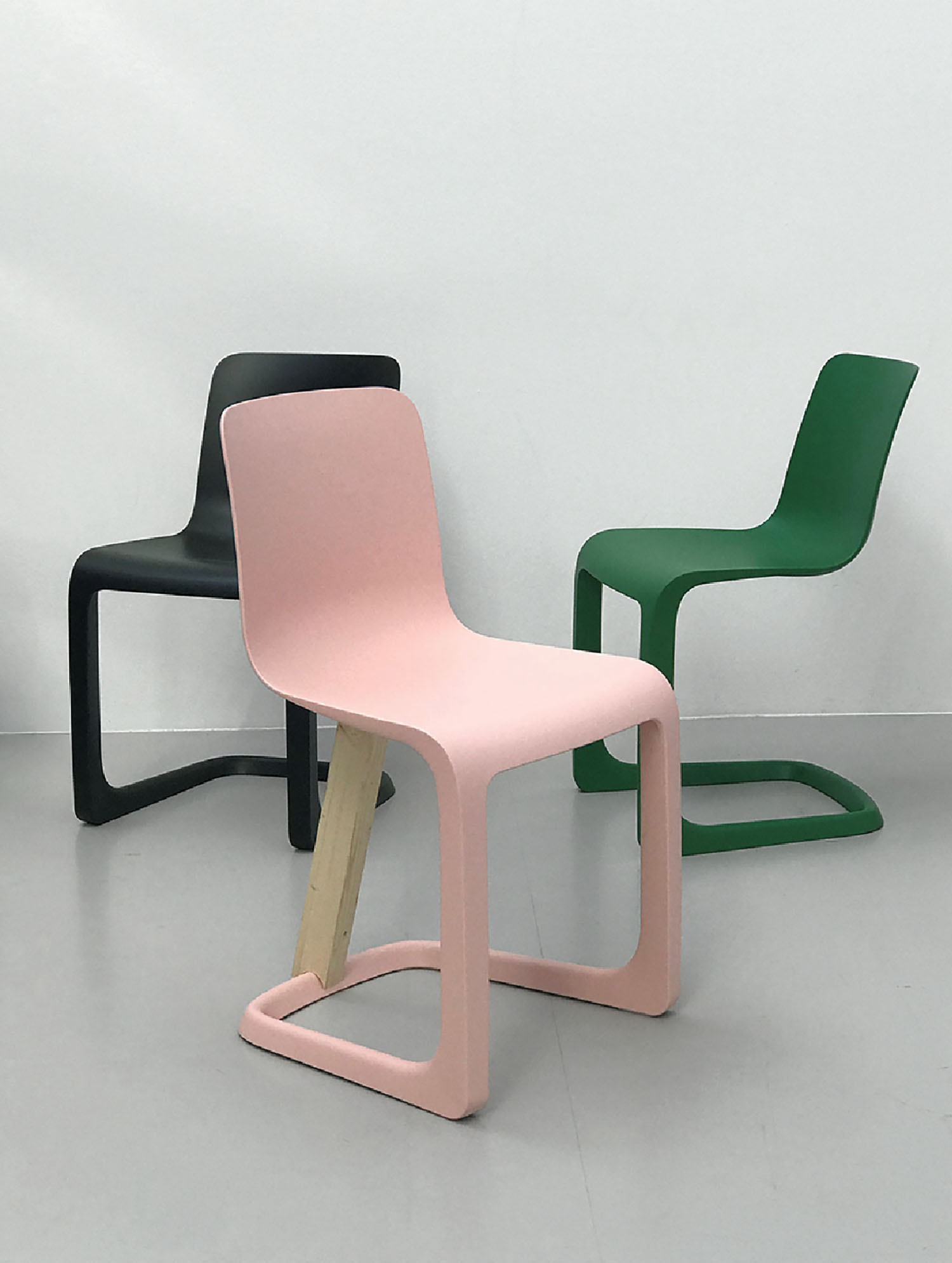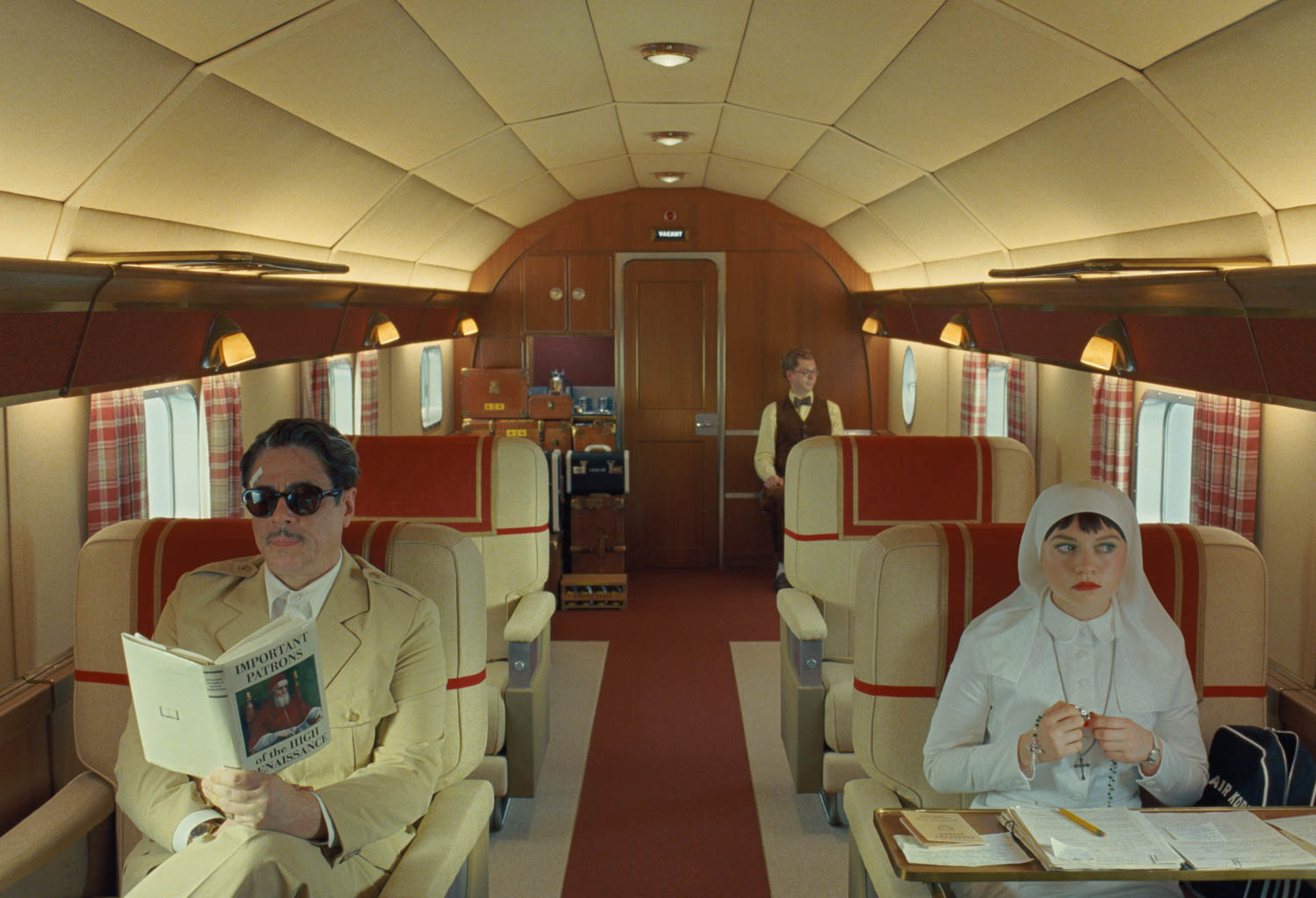10 Questions and Answers With… Rana Beiruti
 Rana Beiruti is director of Amman Design Week, a nonprofit design fair that was founded in 2016 and is now in its third edition (it became a biennial in 2017). This year’s theme is “Possibilities” and over 200 exhibitors from 13 countries took part. The event was held in three different parts of the city, with the main show, curated by Bahraini-based architect Noura Al Sayeh-Holtrop, in the “hangar,” a renovated 1930s building in Ras El Ain that used to house the electricity generators that powered the then burgeoning city; the Crafts District; and new to this year, a neighborhood of galleries called Jabal Al Lweibdeh.
Rana Beiruti is director of Amman Design Week, a nonprofit design fair that was founded in 2016 and is now in its third edition (it became a biennial in 2017). This year’s theme is “Possibilities” and over 200 exhibitors from 13 countries took part. The event was held in three different parts of the city, with the main show, curated by Bahraini-based architect Noura Al Sayeh-Holtrop, in the “hangar,” a renovated 1930s building in Ras El Ain that used to house the electricity generators that powered the then burgeoning city; the Crafts District; and new to this year, a neighborhood of galleries called Jabal Al Lweibdeh.
Interior Design: Tell me about the theme for this edition of Amman Design Week?
Rana Beiruti: It’s “Possibilities” and it came about as a reaction to the hopelessness felt in the face of current global issues such as climate change and the political discourse, which in Jordan, for instance, comes with an attitude of ‘throw your hands up in the air.’ The theme of was a way for us to say that through design, we can dream up new possibilities for the future.
ID: Where is Amman Design Week positioned in the region and how does it differ, in your view, from other design weeks like Dubai, Beirut, etc?
RB: Dubai Design Week is an international-facing event where the world comes in, participates and showcases, while Beirut Design Week has always had a link with Europe, particularly France, and has a bit of a European feel. In Jordan, we’re sort of in the middle. We’re not an oil-rich country, we don’t have many natural resources from which to build a strong manufacturing sector, so designers here are innovating within limited means, with locally made and locally found materials.

ID: How about some examples?
RB: The design studio Twelve Degrees made a bench out of crushed palm leaves as a possible alternative to wood, while Omar Sartawi created an edible replica of Ein Ghazal, one of the oldest sculptures in the world that was found in Jordan (and is currently in the Louvre Abu Dhabi). In this instance it has been made out of jameed, a dried yogurt that is part of our national dish of lamb, mansaf. We also have designers making magical things happen out of something as simple as gravel or sand. Instead of being about fancy tables and finishes or crystal chandeliers, “Possibilities” is about research and about a rawer understanding of design, of materials. It’s about how we live, what our architecture looks like, and how we use the earth and the landscape to produce the things we consume.
ID: Is this trend of looking within, to your own context and geography, something recent? Or has it always been fostered by Amman Design Week?
RB: It’s been intentionally part of our essence from the beginning because it would be difficult for us to do a design week that is alien to the existing context. The pieces produced respond to local needs, use local materials, and promote the work of local initiatives. This kind of support is important in the face of a context where import taxes and government regulations limit the capabilities of designers to prototype here, and to work with different materials. One of our designers wanted to import silicone and it took them six months just to get it through customs. Under the theme of “Possibilities” people looked to the materials we do have, like stone, and natural fibers.

ID: On a related note, is there any industry or manufacturing in Jordan? And is the situation changing?
RB: Manufacturing is one of the weaker industries in Jordan. Jordan is a very young country and there was a strange shift where we went from a nomadic and sparsely-populated society to one with Wi-Fi and iPhones—there was no industrialization period in between. The barriers to importing and finding the tools and resources you need to manufacture locally are big, as I mentioned, so people end up manufacturing abroad and importing the finished products. It’s made us a very consumer-oriented instead of a producing society. I think now we are seeing that designers are working in a more hands-on way as a result, and starting to become makers themselves to resolve this situation.
ID: What was new compared to the last edition?
RB: This year we created an entirely new exhibition entitled ‘Future Food/Future City,’ which reclaimed a part of a vast city parking lot and explored the future of public space and urban farming. Public space in Amman is neglected, and our connection to the landscape, to the earth, and to public space is also neglected. We looked at how we can use our rooftops, homes, and public spaces in the city as productive spaces for making food, for gathering, and for community.

ID: What is the idea behind the Crafts District?
RB: The Crafts District is a pop-up that takes shape in a different abandoned or underused space in the city each time. The idea is to demonstrate how the city could be transformed if we brought crafts back to the street, if we brought active making back to the street. It’s a combination of shops, exhibitions, workshops, and demonstrations. We also work throughout the year with craftspeople and help them come up with new products or innovations. One of the subsets of the Crafts District this year was called Material Innovation and is the result of workshops we have held throughout the year with designers and craftspeople.
ID: Where was it held this year?
RB: This year the Crafts District has taken over a complex of three empty houses dating from the 1920s to the 1940s in the neighborhood of Jabal Amman, up on the hills. As Amman expanded it grew up the hills and some families built these beautiful homes. The well-known Kabariti family donated the houses to us for the purpose of Amman Design Week and this year we opened up the whole site, even an old cave, which had not been previously accessed by the public. Since Amman is a very young city the 20s and 30s is as old as it gets for us. These homes are part of the city’s history!

ID: How closely do you work with the city? And do they pay attention to what you are doing?
RB: They give us the exhibition spaces for free. They renovate, clean up, and help us with all the public infrastructure aspects in terms of security and managing traffic outside the venue. They are our strategic partners and this year, because ADW is present in three neighborhoods, they also undertook some maintenance in terms of sidewalks and walkability. We also produced a map with walking trails that organically maps experiences you can have in the city today. We haven’t intervened in any way, so they include all the stairs you have to climb to get to the hilly parts of the city! The municipality is keen to support us on projects like this.
ID: Amman Design Week has the backing of Jordan’s Queen, Rania Al Abdullah. Is that important? Does her patronage ever mean you feel you can’t do something you want to?
RB: The Queen is a real supporter of the creative industries and design in general and a great supporter of Amman Design Week since the beginning. It has helped us a lot, especially in our first year when it created a lot of validation. We have full creative license. I think there are cultural sensitivities definitely but we don’t feel a need to censor anything. There is quite a bit of political content in the exhibitions.
For more questions and answers with Rana Beiruti, visit Interior Design.
Read more: 10 Highlights from Amman Design Week


